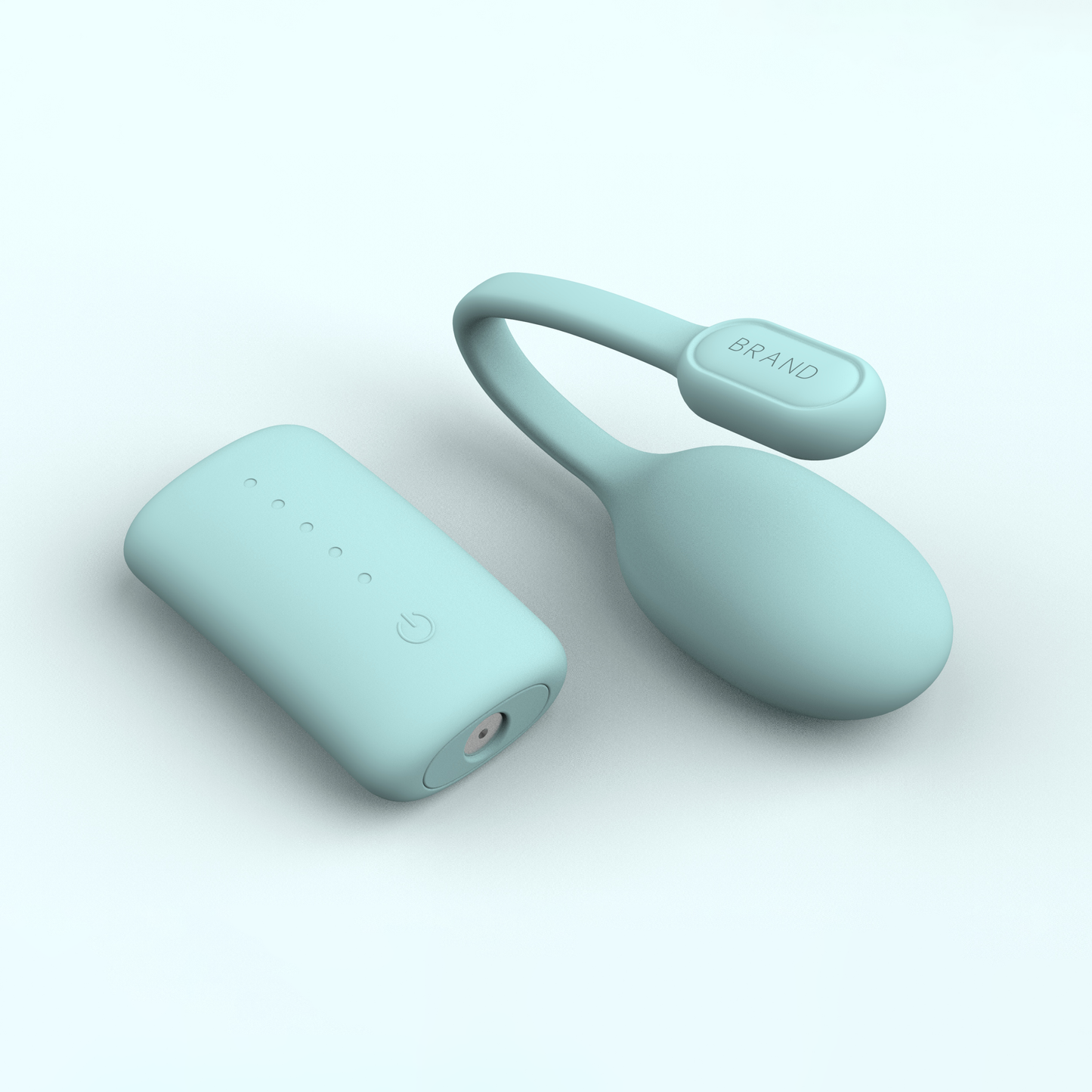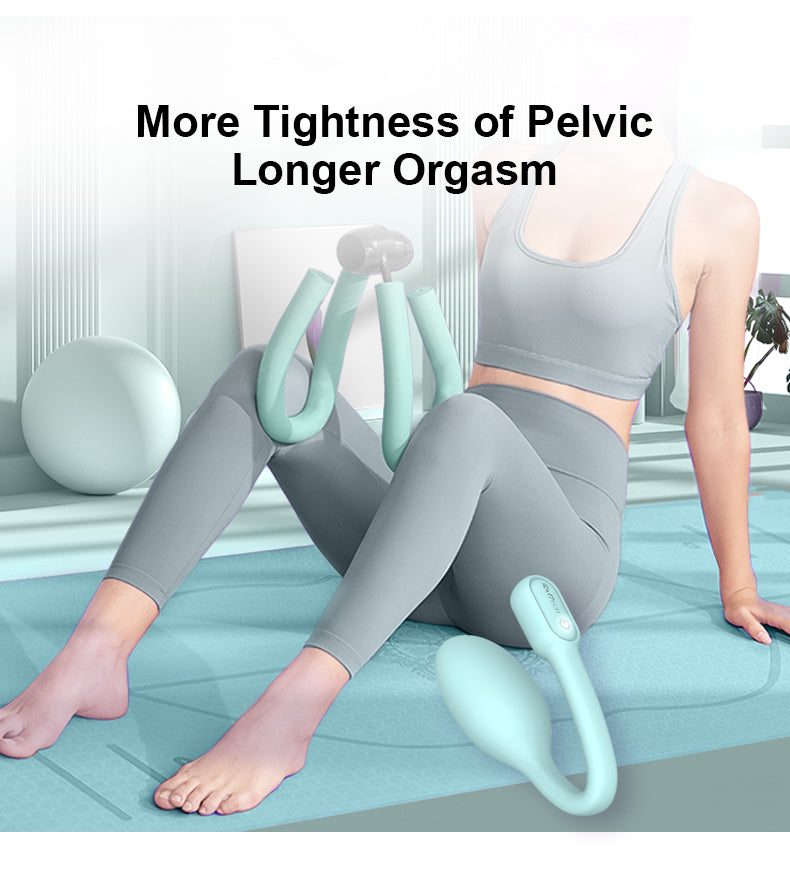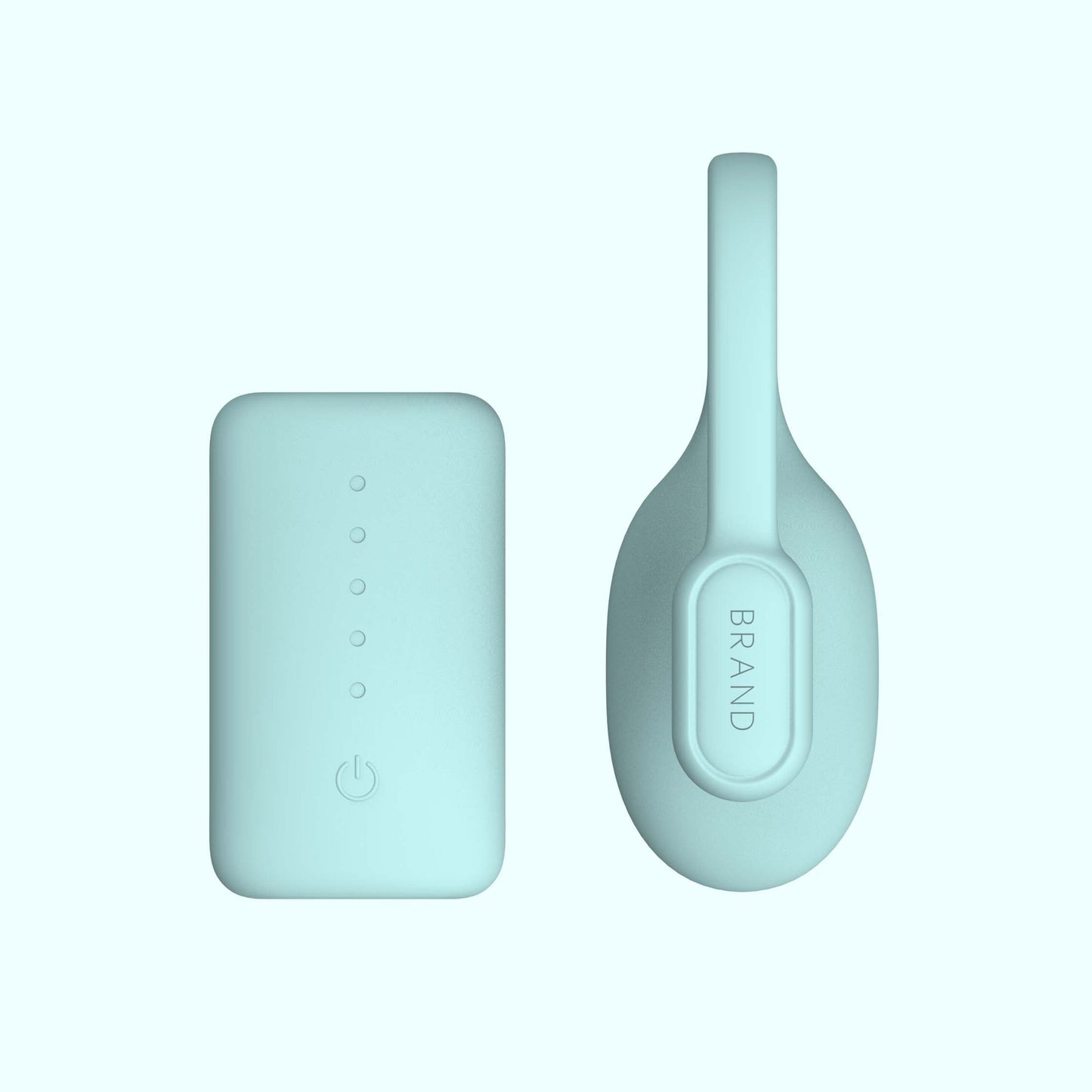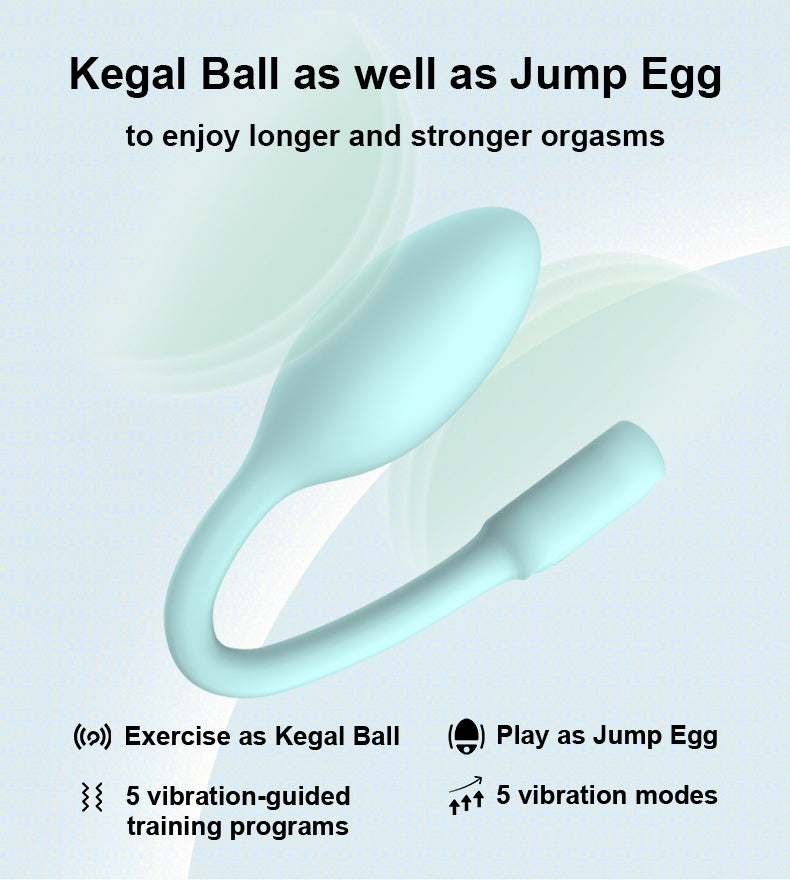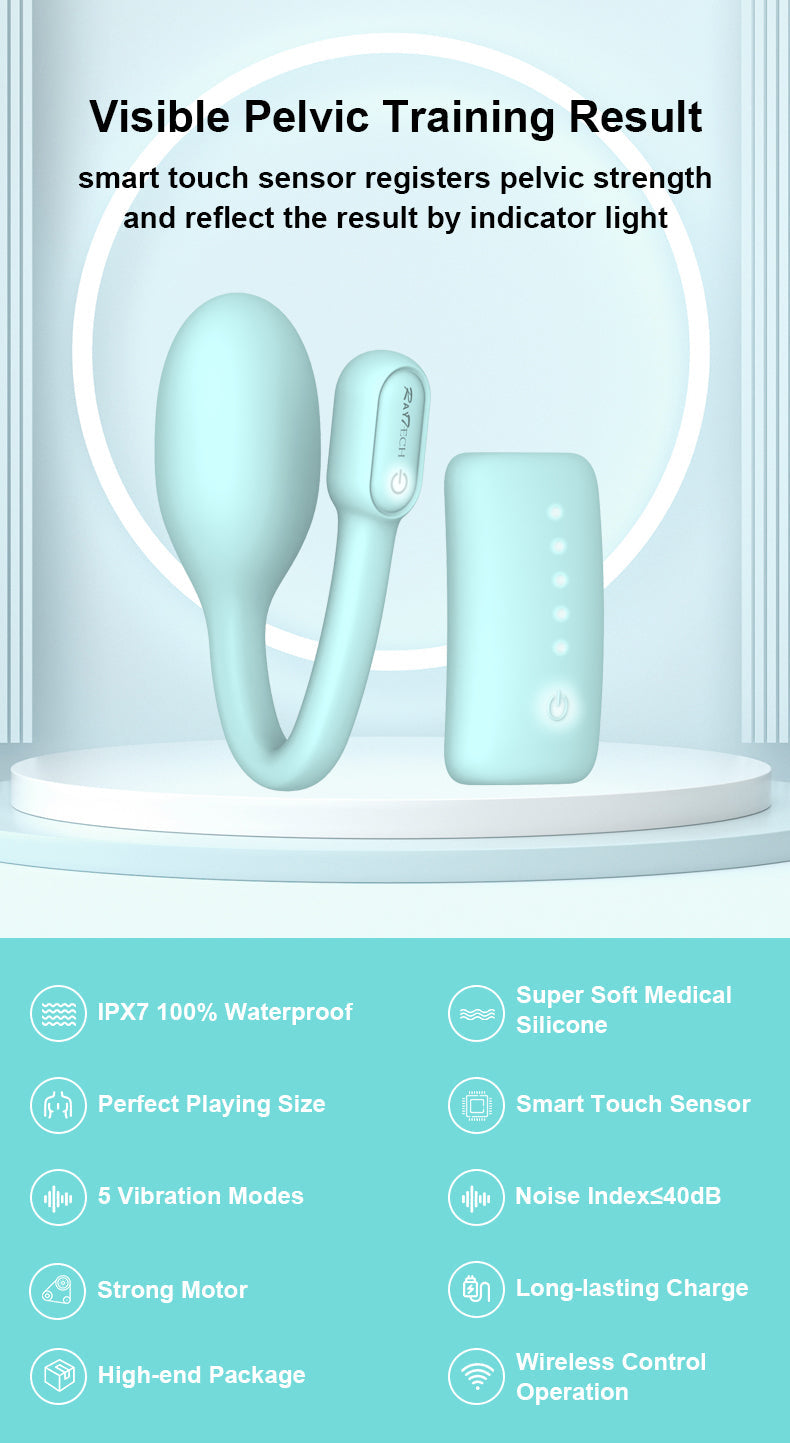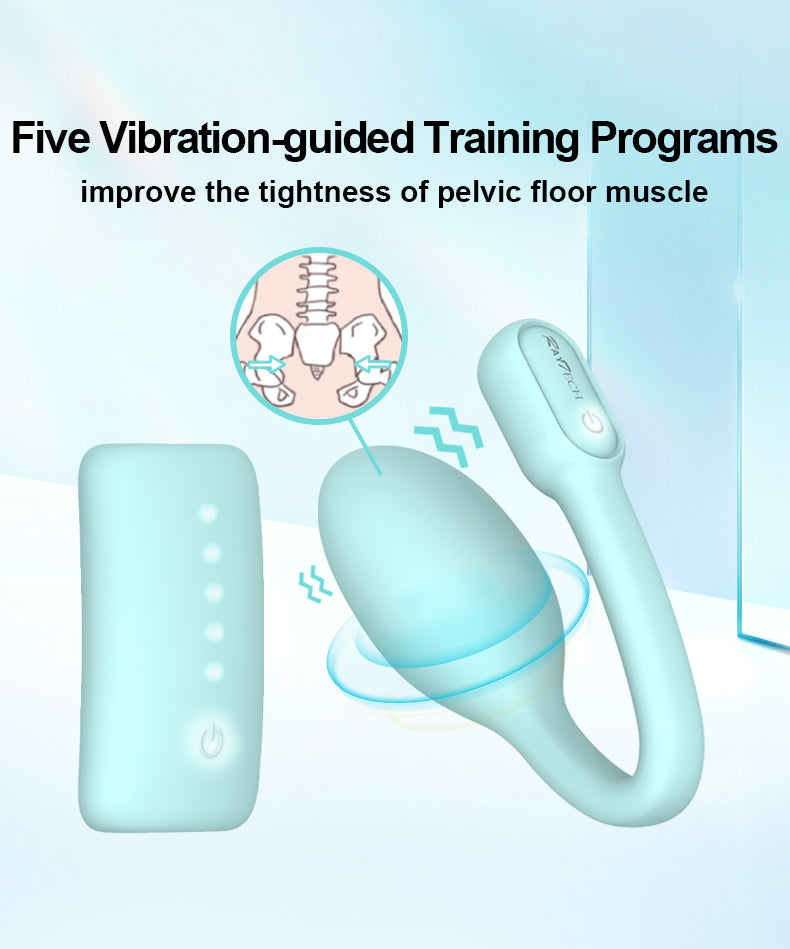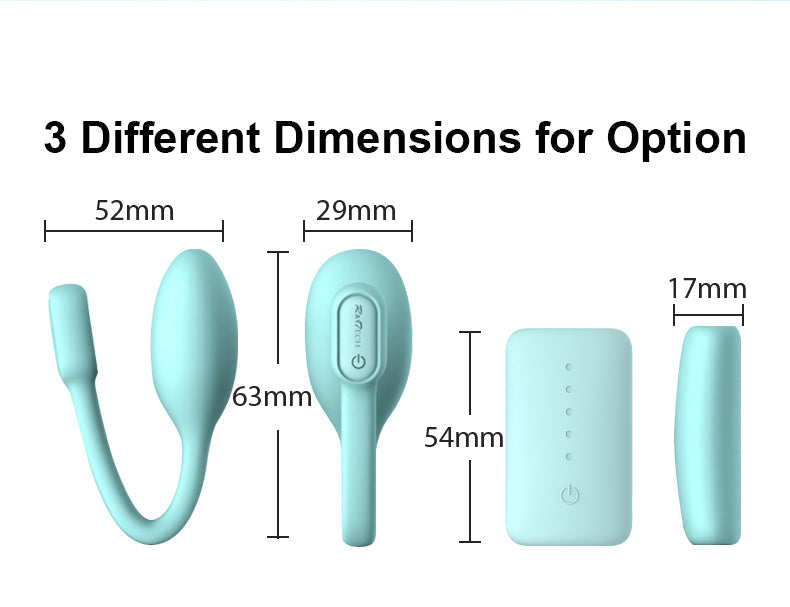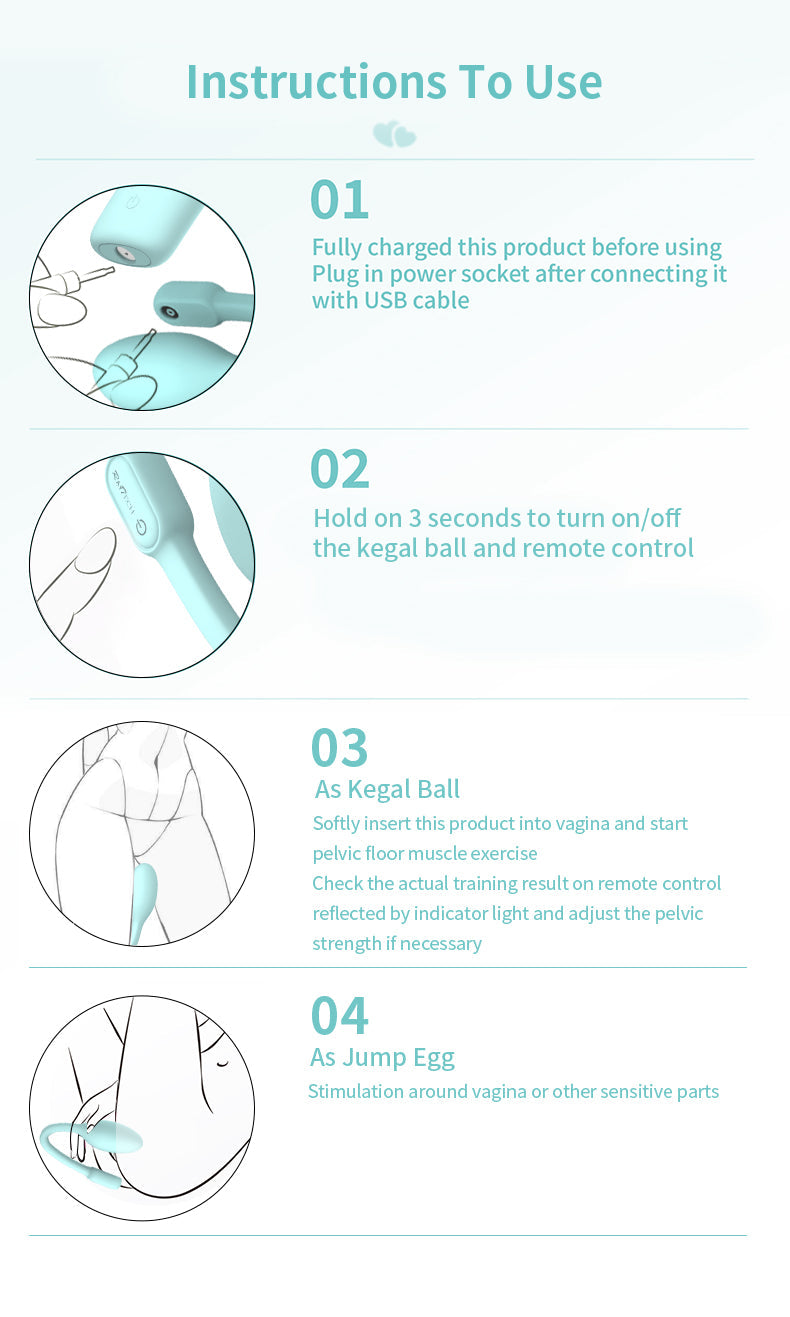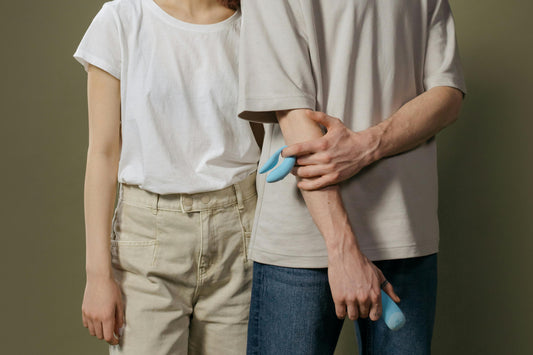
How to Use Kegel Balls for Enhanced Pleasure and Wellness
You've probably heard of Kegels, but do you know why experts call them a "must-do" for women’s health? How to use Kegel balls? This simple exercise does more than address health issues. It has the potential to greatly enhance your life.
But what are kegel balls? Let's break down why every woman should master this move.
From Doctor's Orders to Global Trend: The Origins of Kegels
In the late 1940s, Dr. Arnold H. Kegel—a U.S. gynecologist—introduced a series of pelvic muscle exercises aimed at strengthening weakened perineal support as a non-surgical solution for postpartum urinary leakage. (Wikipedia) Doctors quickly saw that the benefits were much greater. They included better sex life, less pelvic pain, and even preventing uterine prolapse. Today, it’s one of the most recommended exercises by OB-GYNs worldwide.
Is Your Body Telling You to Do Kegels?
Your pelvic floor is like a "hammock" supporting your bladder, uterus, and more. When it weakens, you might notice:
- Leaking when you cough or sneeze (stress incontinence)
- Constant urge to pee, but barely anything comes out
- Less sensation during sex
- Chronic constipation or pelvic heaviness
If any of these symptoms sound familiar, your body is telling you to use those muscles! This is especially important for some groups. These include new mothers, people who sit at a desk for long hours, and women going through menopause.
For new moms, the physical changes that occur during pregnancy and childbirth can significantly impact pelvic floor strength. The pelvic floor muscles support the bladder, uterus, and rectum, and they can become weakened during labor and delivery. This weakening can lead to issues such as urinary incontinence or pelvic organ prolapse.
Desk-bound workers, on the other hand, often face a different set of challenges. Prolonged sitting can lead to a sedentary lifestyle, which may weaken the pelvic floor muscles over time. Additionally, poor posture while sitting can contribute to discomfort and strain in the pelvic region.
Women going through menopause have specific concerns about pelvic floor health. Hormonal changes during this time can reduce muscle tone and elasticity. This may cause issues like urinary incontinence or lower sexual satisfaction.
In summary, keeping your pelvic floor healthy is important for everyone. This includes new mothers, office workers, and women going through menopause. Kegel exercises offer a straightforward and efficient method to fortify these muscles. They enhance bodily functions and contribute to overall wellness.
Should you observe any related symptoms, incorporate Kegels into your daily regimen. Your body will appreciate the care and attention given!
Finding Your Pelvic Floor Muscles (No Gym Required)
Struggling to locate the right muscles? Here’s a trick: During your next trip to the bathroom, try stopping the stream halfway through (just for testing—don't make it a habit!). The muscles you tighten are your pelvic floor. Success! (Verywell Health)
Now practice without urination. (Wikipedia)
Basic Kegel Routine:
- Lie down with your knees bent, body fully relaxed. This helps you focus only on your pelvic floor muscles.
- Squeeze your pelvic muscles for 3–5 seconds, as if you’re gently lifting an elevator upward. Keep breathing naturally.
- Fully release for 3–5 seconds, allowing the muscles to relax completely before the next squeeze.
- Perform 10–15 repetitions per set. Strive for 3 sets each day to achieve optimal results.
- As your muscles get stronger, slowly increase the hold time up to 10 seconds and add more repetitions. Consistency is the secret—most people notice improved control and firmness in 6–8 weeks when sticking to this plan.

Level Up with a Kegel Trainer
If DIY workouts aren't cutting it, a smart Kegel vibrator can help you go further:
- Provides real-time biofeedback, so you know exactly when you’re doing it right—no more guessing.
- Uses gentle pulses to guide your timing, helping you stay in rhythm.
- Adds variety and makes workouts less boring, turning practice into something you’ll actually look forward to.
- Many trainers connect to apps, letting you track progress, set goals, and unlock new training levels.
- Great for beginners who need guidance and for advanced users aiming for faster, stronger results.
- A Kegel trainer takes the guesswork out of the process and makes pelvic floor exercise more effective and enjoyable.
Hold on...
what are kegel balls? Isn’t This Just a Sex Toy?
‘’Nope!‘’
FAQ: What’s the Difference Between Kegel Trainers and Regular Vibrators?
| Feature | Kegel Trainers | Regular Vibrators |
|---|---|---|
| Purpose | Support pelvic floor health, fix incontinence, aid postpartum recovery | Focus mainly on sexual pleasure |
| Technology | Track muscle strength and rhythm, work like a fitness coach | Usually simple vibration without health tracking |
| Material | Medical-grade silicone for daily safe use | Varies by product, not always health-focused |
| Vibration | Low-frequency pulses designed to activate and train muscles | Higher-frequency stimulation for arousal |
Desire both "wellness" and "enjoyment"? Some G Spot Vibrators can help, but for pure pelvic floor rehab, stick to dedicated Kegel trainers. The Mint Green Kegel Balls Vibrating Eggs have five vibration levels to help restore pelvic floor muscle tone, visualizing your pelvic floor training and providing real-time, effective feedback.
Bonus Perks You'll Love
Kegel exercises aren't just about stopping leaks—they come with some amazing extras that can make everyday life (and your sex life) so much better:
- Hotter sex – Stronger pelvic muscles mean more intense sensations and orgasms for you, and a tighter grip your partner will notice.
- Less period pain – Improved blood flow in the pelvic area can help reduce cramps and discomfort during your cycle.
- Menopause-proofing – Regular training helps keep bladder control in check, reducing the risk of leaks and discomfort as your body changes.
- Postpartum bounce-back – After giving birth, Kegels support faster recovery by tightening stretched muscles and restoring strength to your pelvic floor.
Think of it as a simple daily routine that not only supports your health but also upgrades your intimate wellness in ways you’ll definitely appreciate.
Research-backed bonuses:
- Hotter sex: A 2019 Journal of Sexual Medicine study found regular Kegel users had 60% fewer orgasm difficulties. (Journal of Sexual Medicine)
- Less pain: NAMS guidelines recommend Kegels for menopausal dryness relief. (NAMS)
Safety Check
While Kegels are safe for most, check with your doctor first if you're:
- Pregnant – Your pelvic floor may already be under extra pressure, and medical advice ensures safe practice.
- Within 6 weeks postpartum – Healing tissues need time, so always get clearance before starting exercises.
- Experiencing pain during exercises – Discomfort may signal underlying issues like prolapse or muscle tension.
👉 If any of these apply, pause Kegel training until you get professional guidance. Listening to your body is essential. Done correctly, Kegels should feel comfortable, never painful.
Pro Tip:
Like any muscle, your pelvic floor needs “regular*” workouts. Just 5-10 minutes daily pays off significantly. Prepared to try it out? Your future self will appreciate it!



